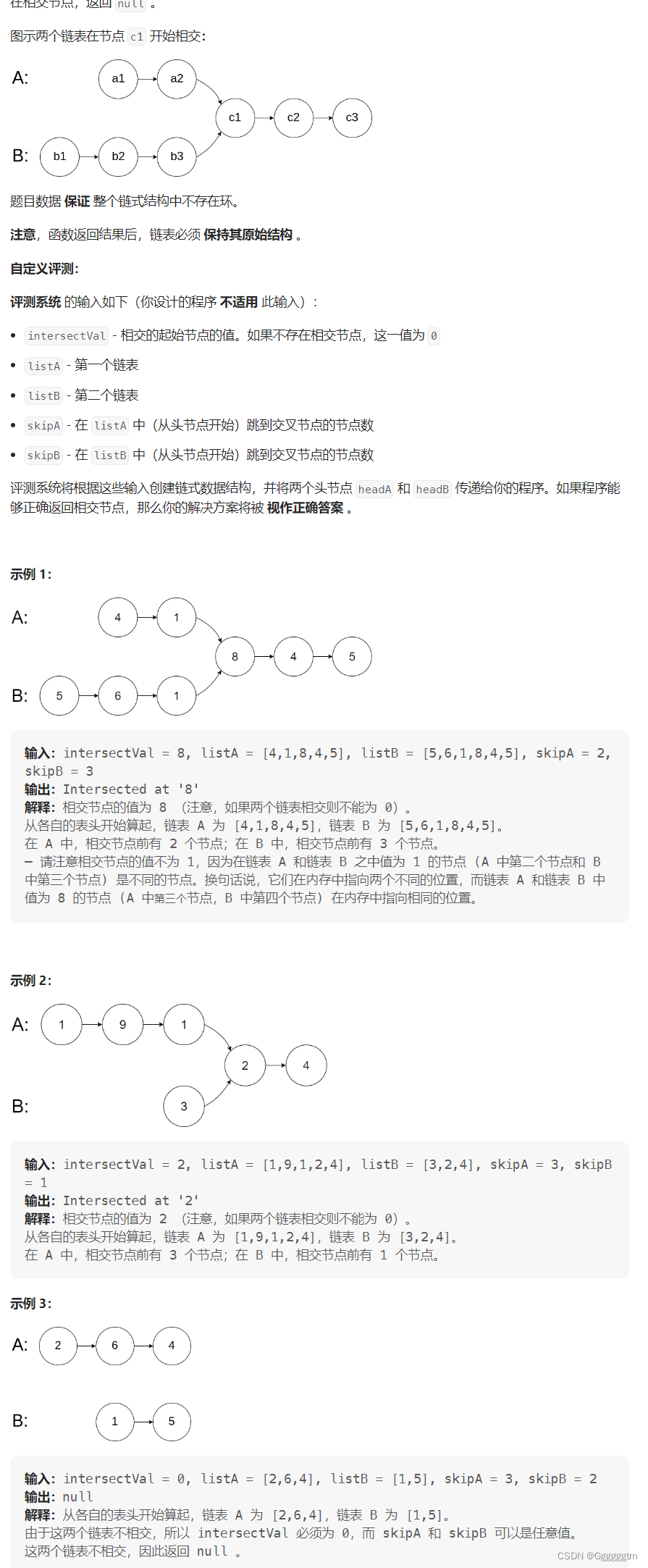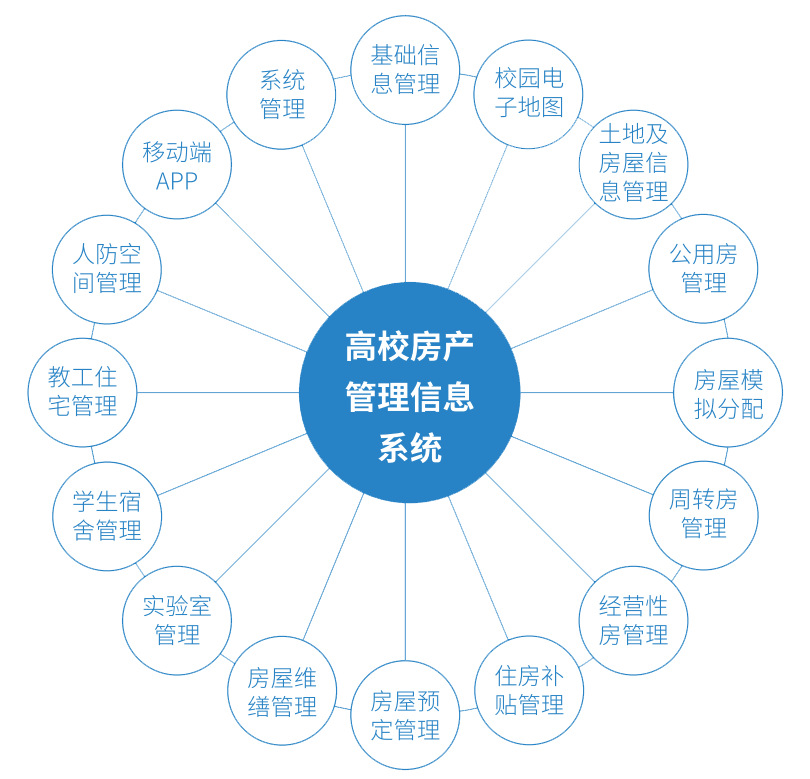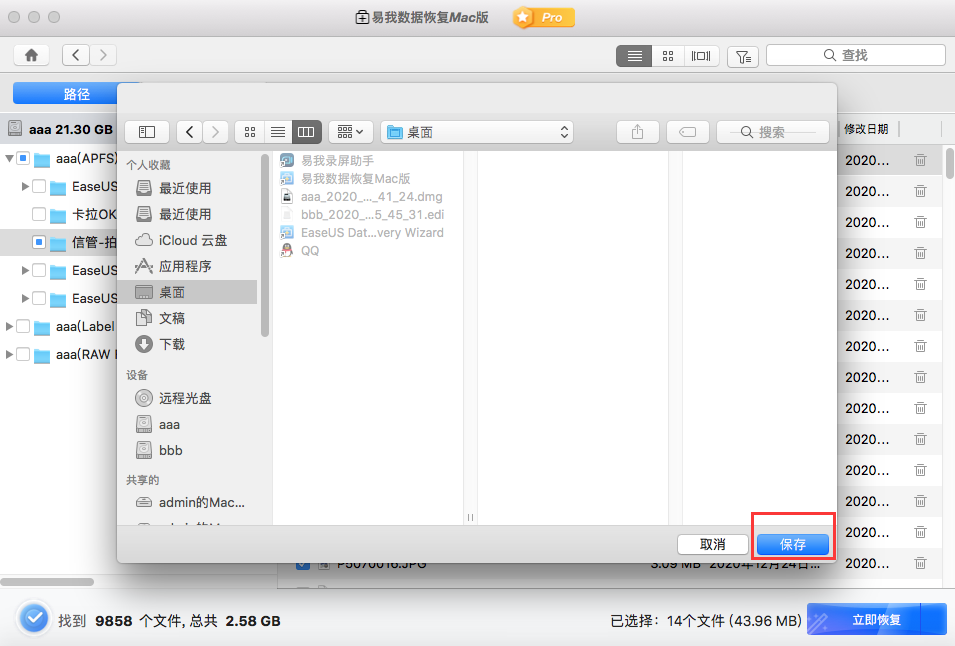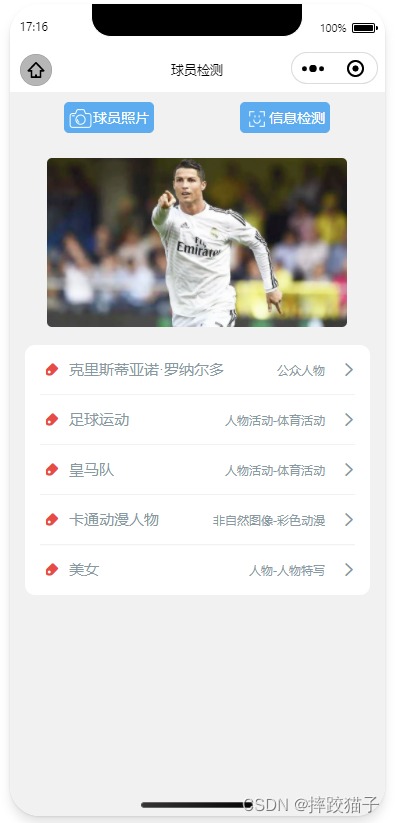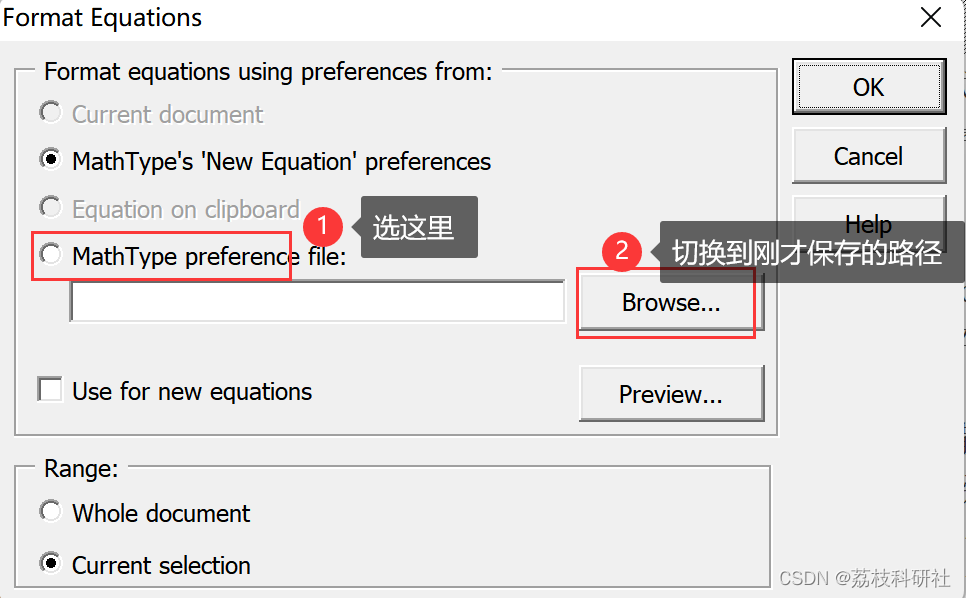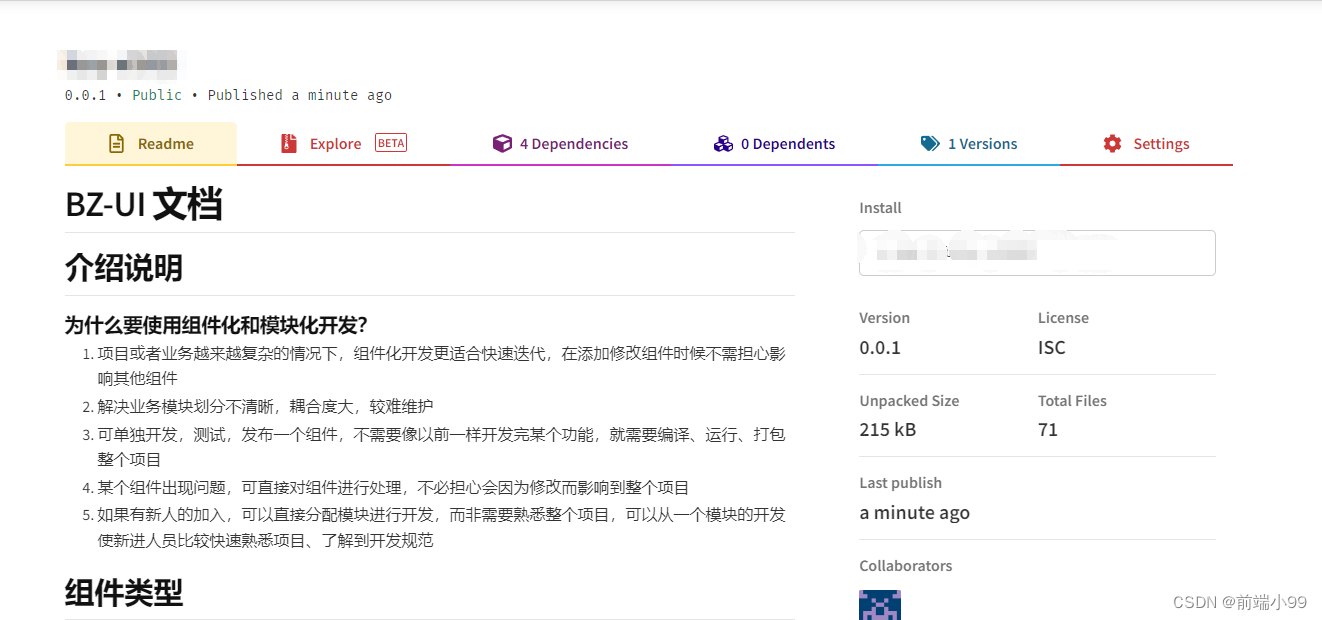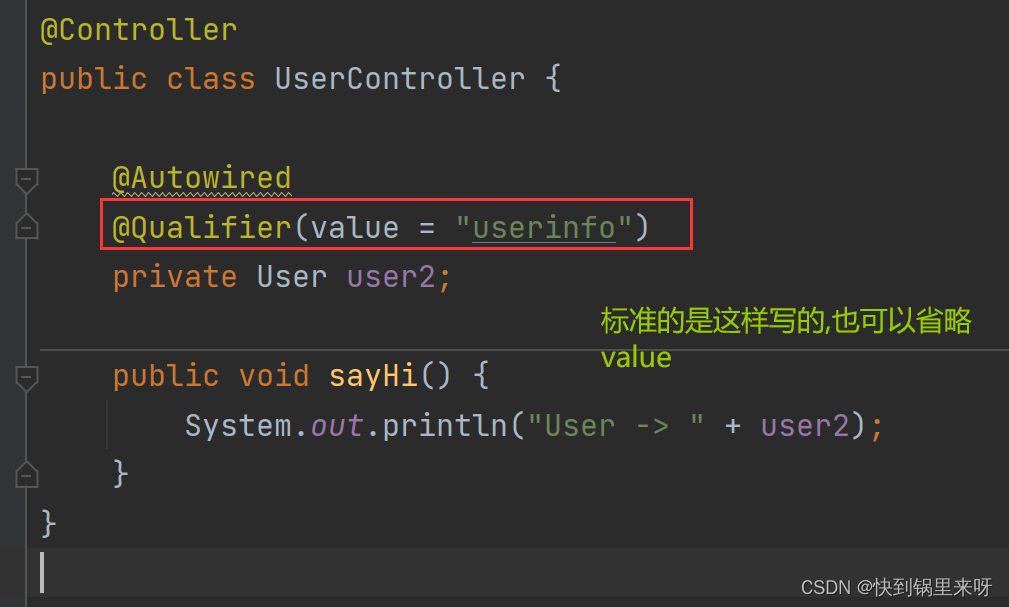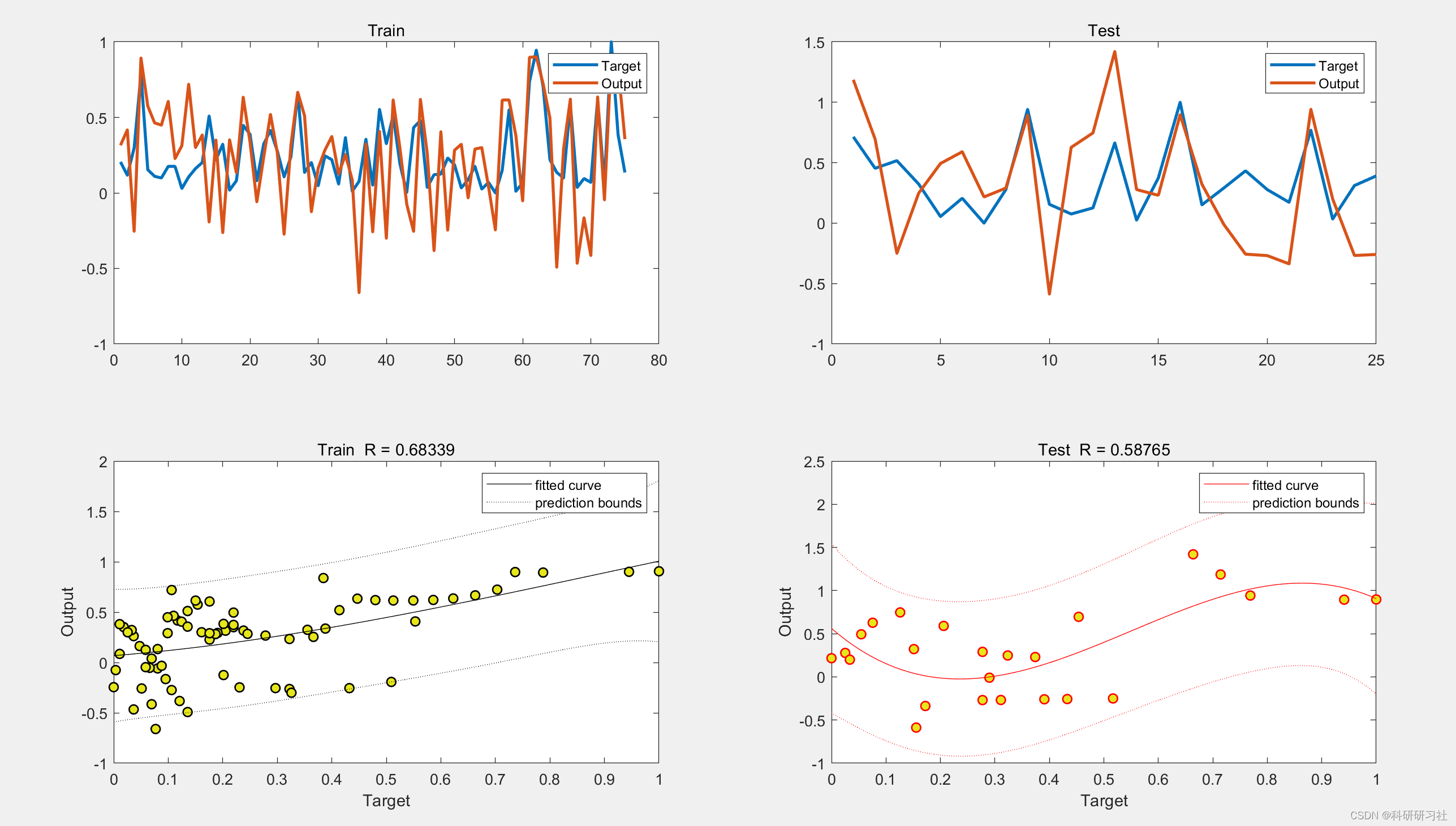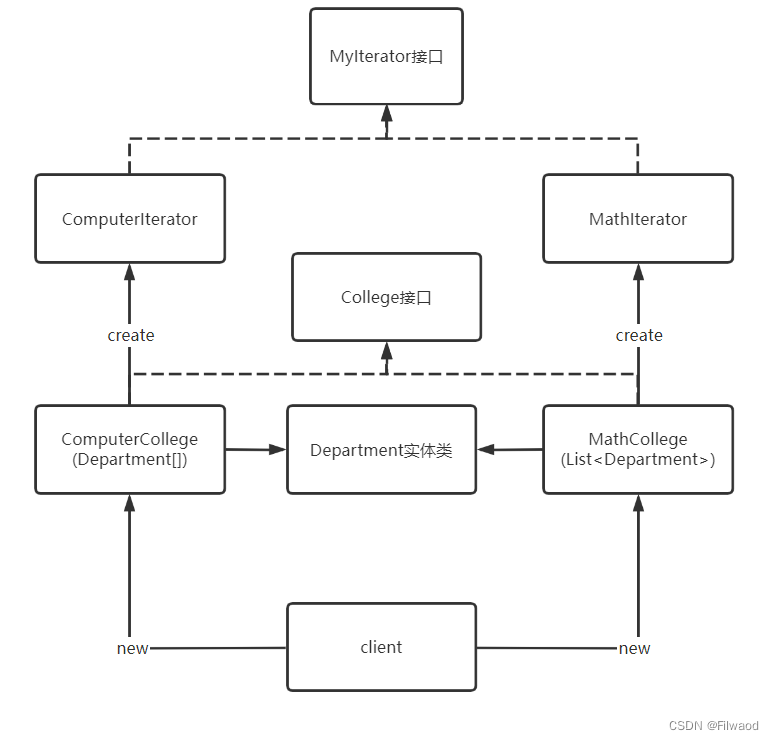文章目录
一、合并两个有序链表
解题代码
二、反转链表
解题代码
三、分割链表
解题代码
四、链表的回文结构
解题代码
五、链表相交
解题代码
六、环形链表
解题代码
七、复制带有随机指针的复制链表
解题代码
一、合并两个有序链表
题目来源:牛客网。
题目难度:简单。
题目描述:输入两个递增的链表,单个链表的长度为n,合并这两个链表并使新链表中的节点仍然是递增排序的。
数据范围: 0 <= n <= 1000,-1000≤节点值≤1000,要求:空间复杂度 O(1),时间复杂度 O(n)。
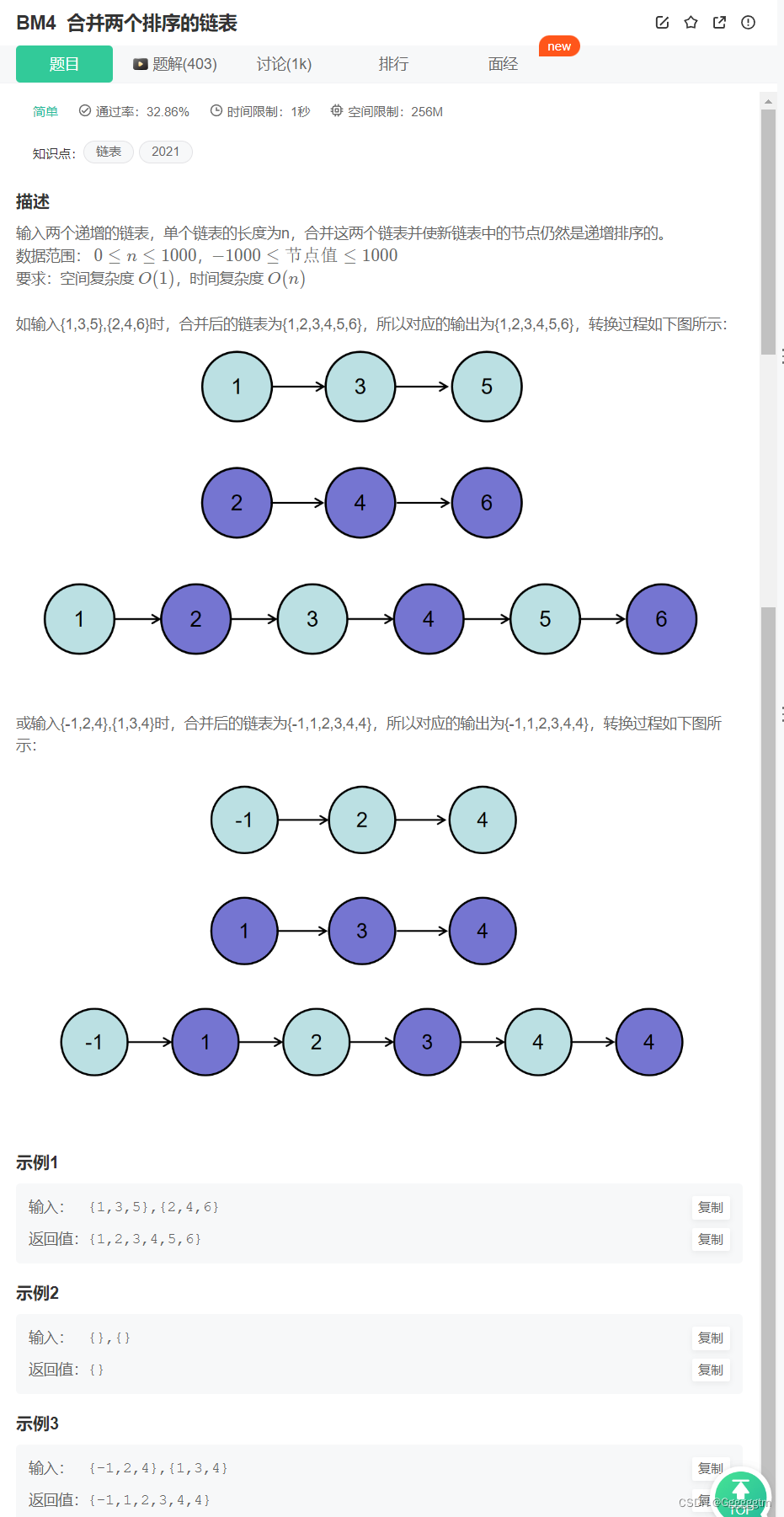
题解关键思路:
- 定义一个哨兵位,易方便操作;
- 定义一个尾节点,插入时时刻改变尾节点,方便书写代码;
- 比较数据大小,依次尾插即可;
- 当有一个链表提前比较插入结束,不要忘记把另一个链表剩下的元素连接起来。
解题代码
struct ListNode* Merge(struct ListNode* pHead1, struct ListNode* pHead2 )
{
if(pHead1==NULL)
{
return pHead2;
}
if(pHead2==NULL)
{
return pHead1;
}
struct ListNode* head,* tail;
head=tail=(struct ListNode*)malloc(sizeof(struct ListNode));
while(pHead1&&pHead2)
{
if(pHead1->val<pHead2->val)
{
tail->next=pHead1;
tail=pHead1;
pHead1=pHead1->next;
}
else
{
tail->next=pHead2;
tail=pHead2;
pHead2=pHead2->next;
}
}
if(pHead1)
{
tail->next=pHead1;
}
if(pHead2)
{
tail->next=pHead2;
}
struct ListNode* plist=head->next;
free(head);
return plist;
}二、反转链表
题目来源:牛客网。
题目难度:简单。
题目描述:给定一个单链表的头结点pHead(该头节点是有值的,比如在下图,它的val是1),长度为n,反转该链表后,返回新链表的表头。
数据范围: 0≤n≤1000
要求:空间复杂度 O(1) ,时间复杂度O(n) 。
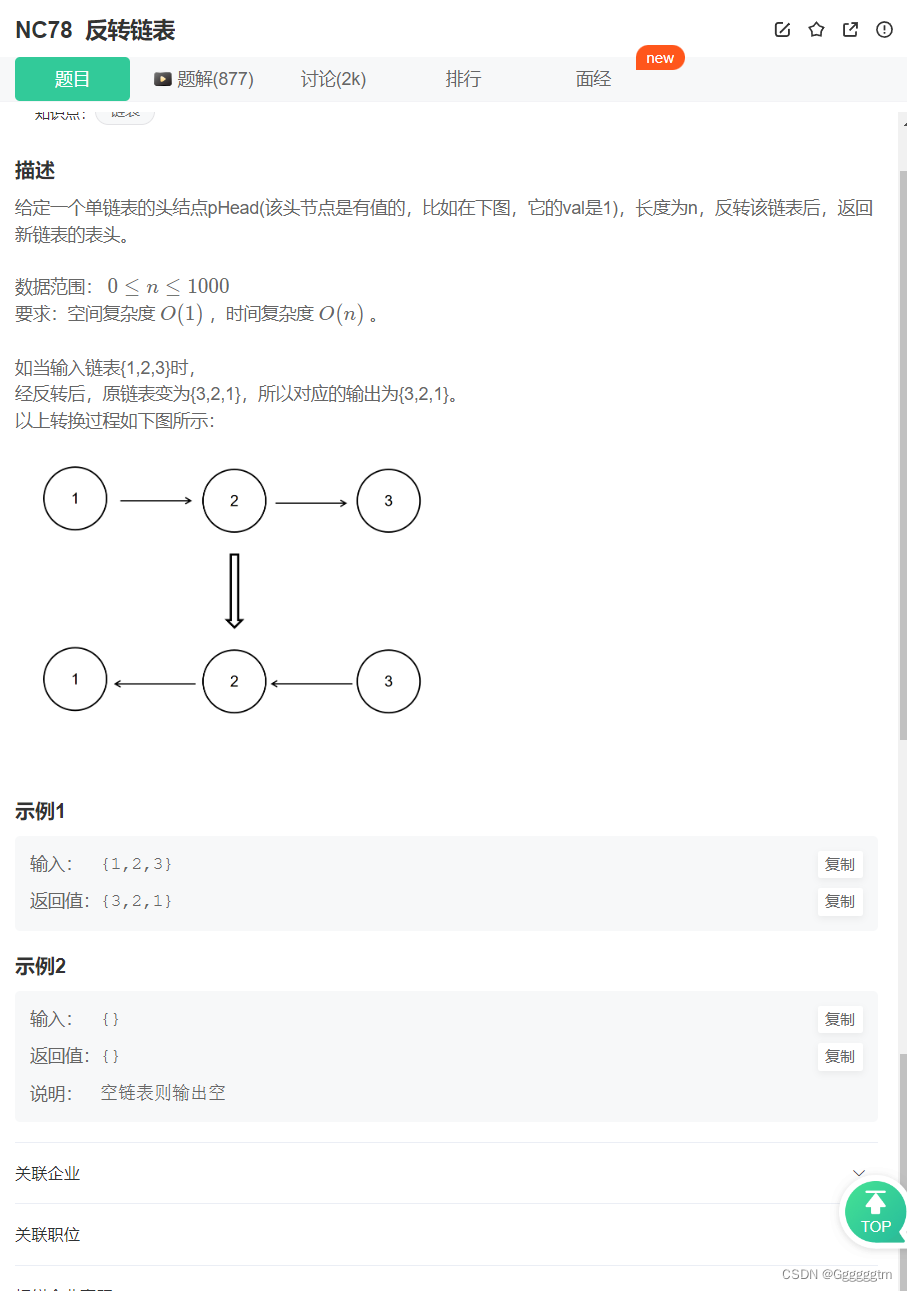
题解关键思路:
- 反转next的指向即可;
- 定义三个节点,分别指向空、首节点、第二个节点,从首节点开始反转,依次向后访问。
- 也可考虑头插的思路,即定义一个新节点为空,把题目中的链表依次头插入新节点即可。
解题代码
// struct ListNode* ReverseList(struct ListNode* pHead ) {
// if (pHead == NULL)
// return NULL;
// struct ListNode* n1, *n2, *n3;
// n1 = NULL;
// n2 = pHead;
// n3 = pHead->next;
// while (n2) {
// n2->next = n1;
// n1 = n2;
// n2 = n3;
// if (n3)
// n3 = n3->next;
// }
// return n1;
// }
struct ListNode* ReverseList(struct ListNode* pHead )
{
if(pHead==NULL)
return NULL;
struct ListNode* newhead=NULL;
struct ListNode* cur=pHead;
struct ListNode* next=cur->next;
while(cur)
{
cur->next=newhead;
newhead=cur;
cur=next;
next=cur->next;
}
return newhead;
}三、分割链表
题目来源:LeetCode。
题目难度:中等。
题目描述:给你一个链表的头节点
head和一个特定值x,请你对链表进行分隔,使得所有 小于x的节点都出现在 大于或等于x的节点之前。
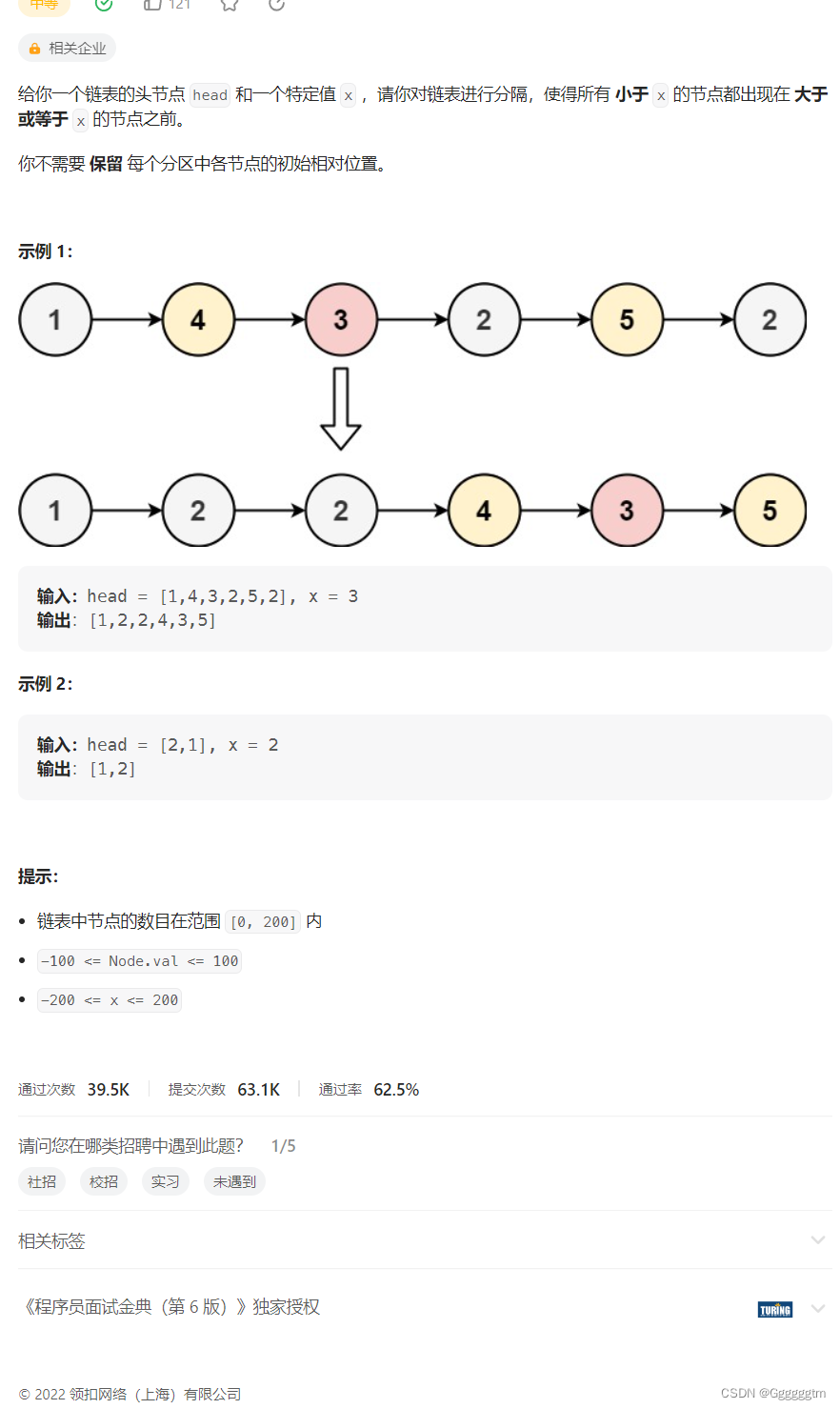
题解关键思路:
- 定义两个新节点,把大于x的和小于x的分成两部分;
- 最后连接两部分;
- 注意,最后应该将最后一个节点的next置空,防止成回链。
解题代码
struct ListNode* partition(struct ListNode* head, int x)
{
struct ListNode* lesshead,*lesstail;
lesshead=lesstail=(struct ListNode*) malloc(sizeof(struct ListNode));
lesstail->next=NULL;
struct ListNode* greaterhead,*greatertail;
greaterhead=greatertail=(struct ListNode*)malloc(sizeof(struct ListNode));
greatertail->next=NULL;
struct ListNode* cur=head;
while(cur)
{
if(cur->val<x)
{
lesstail->next=cur;
lesstail=cur;
}
else
{
greatertail->next=cur;
greatertail=cur;
}
cur=cur->next;
}
lesstail->next=greaterhead->next;
greatertail->next=NULL;
struct ListNode* plist=lesshead->next;
free(lesshead);
free(greaterhead);
return plist;
}四、链表的回文结构
题目来源:LeetCode。
题目难度:简单。
题目描述:给定一个链表的 头节点
head,请判断其是否为回文链表。如果一个链表是回文,那么链表节点序列从前往后看和从后往前看是相同的。
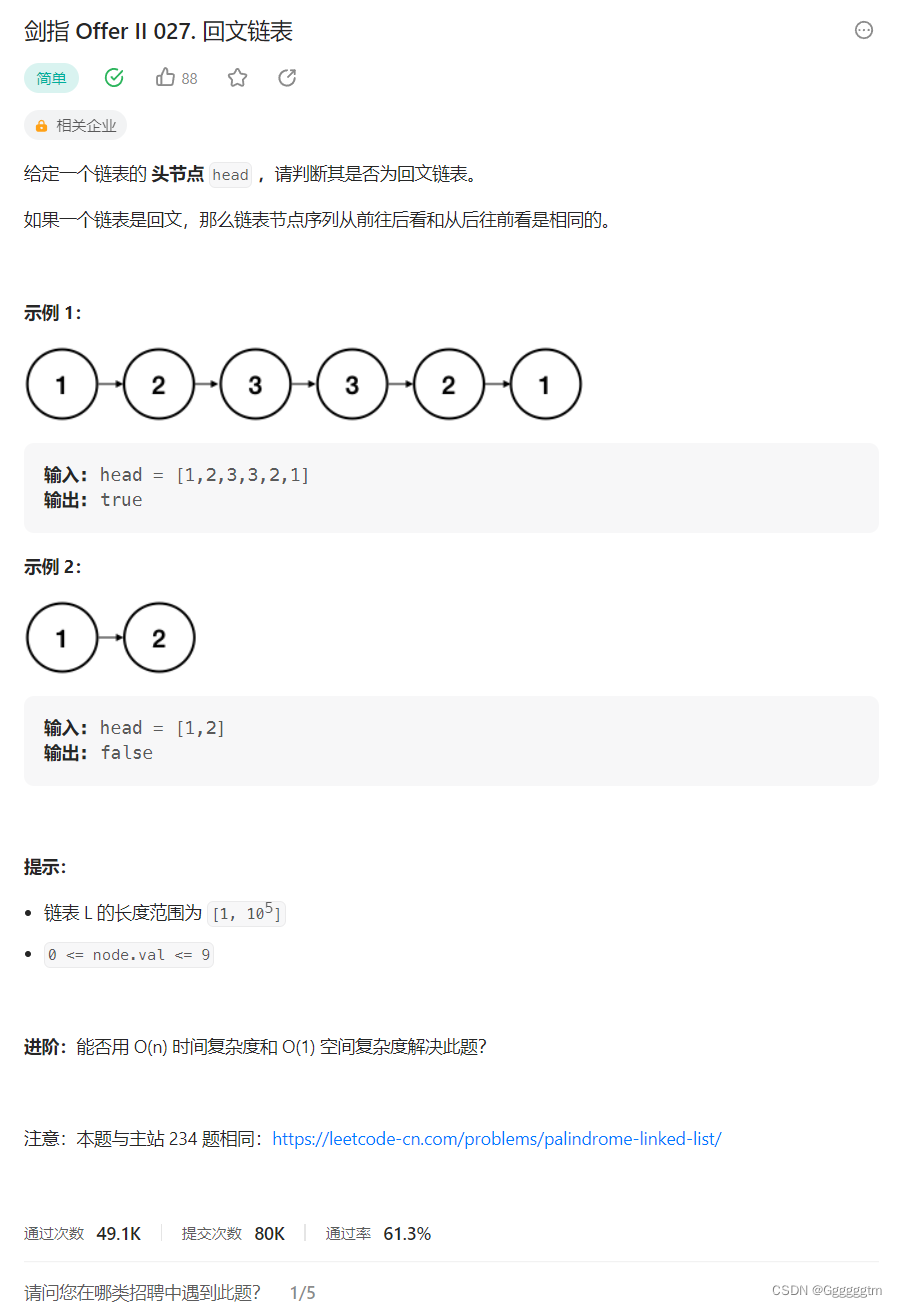
题解关键思路:
- 第一步:找到前半部分尾结点(快慢指针);
- 第二步:翻转后半部分(翻转链表);
- 第三步:判断是否是回文链表(判断前后两部分的节点是否一致);
- 第四步:返回结果。
解题代码
struct ListNode* Reverse(struct ListNode* head)
{
struct ListNode* head1=head;
struct ListNode *n1,*n2,*n3;
n1=NULL;
n2=head1;
n3=head1->next;
while(n2)
{
n2->next=n1;
n1=n2;
n2=n3;
if(n3)
n3=n3->next;
}
return n1;
}
bool isPalindrome(struct ListNode* head)
{
if(head==NULL||head->next==NULL)
{
return true;
}
struct ListNode* slow,*fast;
slow=fast=head;
while(fast&&fast->next)
{
slow=slow->next;
fast=fast->next->next;
}
struct ListNode*headRev=Reverse(slow);
struct ListNode*headBef=head;
while(headBef&&headRev)
{
if(headBef->val!=headRev->val)
{
return false;
}
else
{
headBef=headBef->next;
headRev=headRev->next;
}
}
return true;
}五、链表相交
题目来源:LeetCode。
题目难度:简单。
题目描述:给你两个单链表的头节点
headA和headB,请你找出并返回两个单链表相交的起始节点。如果两个链表不存在相交节点,返回null。
题解关键思路:
- 指针 curA 指向 A 链表,指针 curB 指向 B 链表,依次往后遍历;
先判断curA 和curB的尾是否相同,如果相同,则交叉,如果不同,则不交叉;
统计两个链表的节点数来判断谁长谁短;
从头遍历,比较长的链表指针先走两者之差,长度差就消除了如此,再依次同时往后遍历找相同即可。
解题代码
struct ListNode *getIntersectionNode(struct ListNode *headA, struct ListNode *headB)
{
struct ListNode* curA=headA;
struct ListNode* curB=headB;
int countA=1;
int countB=1;
while(curA->next||curB->next)
{
if(curA->next)
{
curA=curA->next;
countA++;
}
if(curB->next)
{
curB=curB->next;
countB++;
}
}
if(curA!=curB)
{
return NULL;
}
int gap=abs(countA-countB);
struct ListNode* longlist=headA;
struct ListNode* shortlist=headB;
if(countA<countB)
{
longlist=headB;
shortlist=headA;
}
while(gap--)
{
longlist=longlist->next;
}
while(longlist!=shortlist)
{
longlist=longlist->next;
shortlist=shortlist->next;
}
return longlist;
}六、环形链表
题目来源:LeetCode。
题目难度:中等。
题目描述:给定一个链表的头节点
head,返回链表开始入环的第一个节点。 如果链表无环,则返回null。如果链表中有某个节点,可以通过连续跟踪next指针再次到达,则链表中存在环。 为了表示给定链表中的环,评测系统内部使用整数pos来表示链表尾连接到链表中的位置(索引从 0 开始)。如果pos是-1,则在该链表中没有环。注意:pos不作为参数进行传递,仅仅是为了标识链表的实际情况。不允许修改 链表。
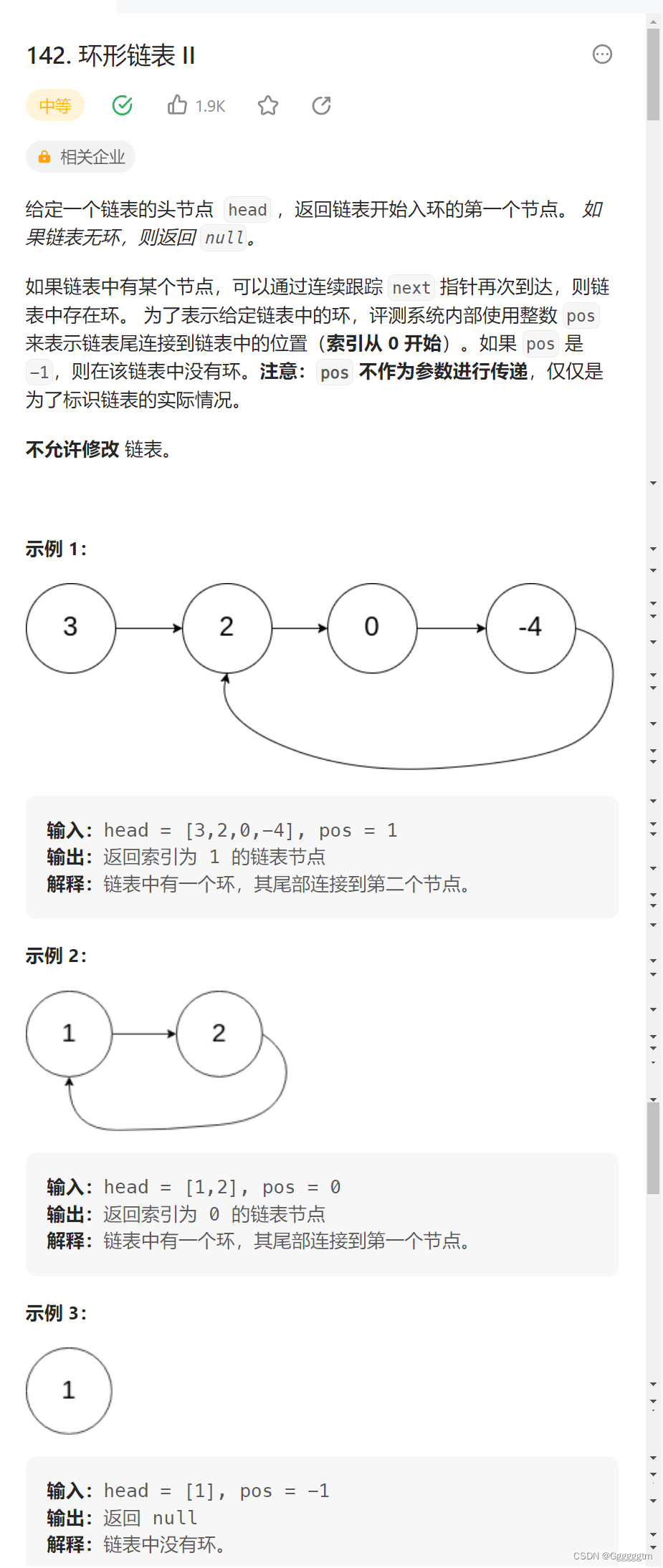
题解关键思路:
- 先判断是否为环形链表(快慢指针);
- 是环形链表后,找入环点;
- 找入环点的方法:一个指针从相遇点开始,另个一指针从头开始,当两个指针相等时即为入环点。
解题代码
struct ListNode *detectCycle(struct ListNode *head)
{
struct ListNode *slow=head,*fast=head;
while(fast&&fast->next)
{
slow=slow->next;
fast=fast->next->next;
if(slow==fast)
{
struct ListNode *meet=fast;
while(meet!=head)
{
meet=meet->next;
head=head->next;
}
return meet;
}
}
return NULL;
}七、复制带有随机指针的链表
题目来源:LeetCode。
题目难度:中等。
题目描述:给你一个长度为
n的链表,每个节点包含一个额外增加的随机指针random,该指针可以指向链表中的任何节点或空节点。构造这个链表的 深拷贝。 深拷贝应该正好由n个全新节点组成,其中每个新节点的值都设为其对应的原节点的值。新节点的next指针和random指针也都应指向复制链表中的新节点,并使原链表和复制链表中的这些指针能够表示相同的链表状态。复制链表中的指针都不应指向原链表中的节点 。例如,如果原链表中有
X和Y两个节点,其中X.random --> Y。那么在复制链表中对应的两个节点x和y,同样有x.random --> y。返回复制链表的头节点

题解关键思路:
首先我们可以忽略 random 指针,然后对原链表的每个节点进行复制,并追加到原节点的后面,而后复制 random 指针。
最后我们把原链表和复制链表拆分出来,并将原链表复原即可。
解题代码
struct Node* copyRandomList(struct Node* head)
{
struct Node* cur=head;
//插入相同的节点
while(cur)
{
struct Node* newnode=(struct Node*)malloc(sizeof(struct Node));
newnode->val=cur->val;
//插入节点
newnode->next=cur->next;
cur->next=newnode;
cur=newnode->next;
}
//复制随机指针
cur=head;
while(cur)
{
if(cur->random==NULL)
{
cur->next->random=NULL;
}
else
{
cur->next->random=cur->random->next;
}
cur=cur->next->next;
}
//拆解插入的指针
cur=head;
struct Node* newhead=NULL,*newtail=NULL;
while(cur)
{
struct Node*copy=cur->next;
struct Node*next=copy->next;
if(newtail==NULL)
{
newhead=newtail=copy;
}
else
{
newtail->next=copy;
newtail=copy;
}
cur->next=next;
cur=next;
}
return newhead;
}链表的常见OJ题我们先例举到这里,后续我们会持续更新的哦ovo~
感谢观看,希望本篇文章会对您有所帮助。
